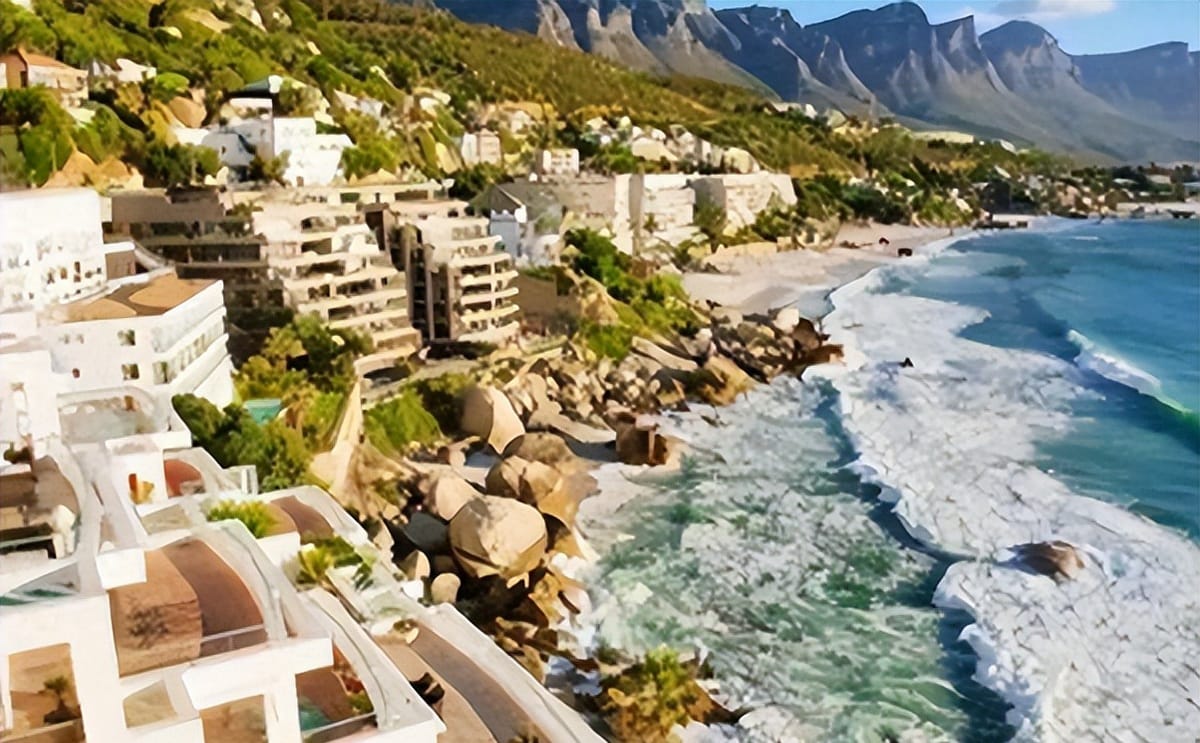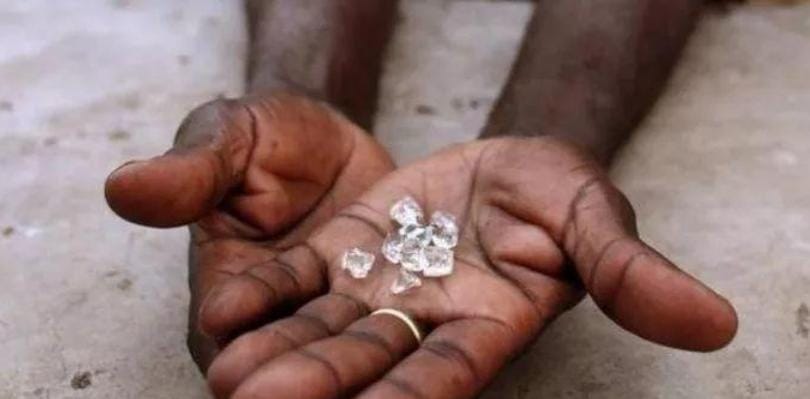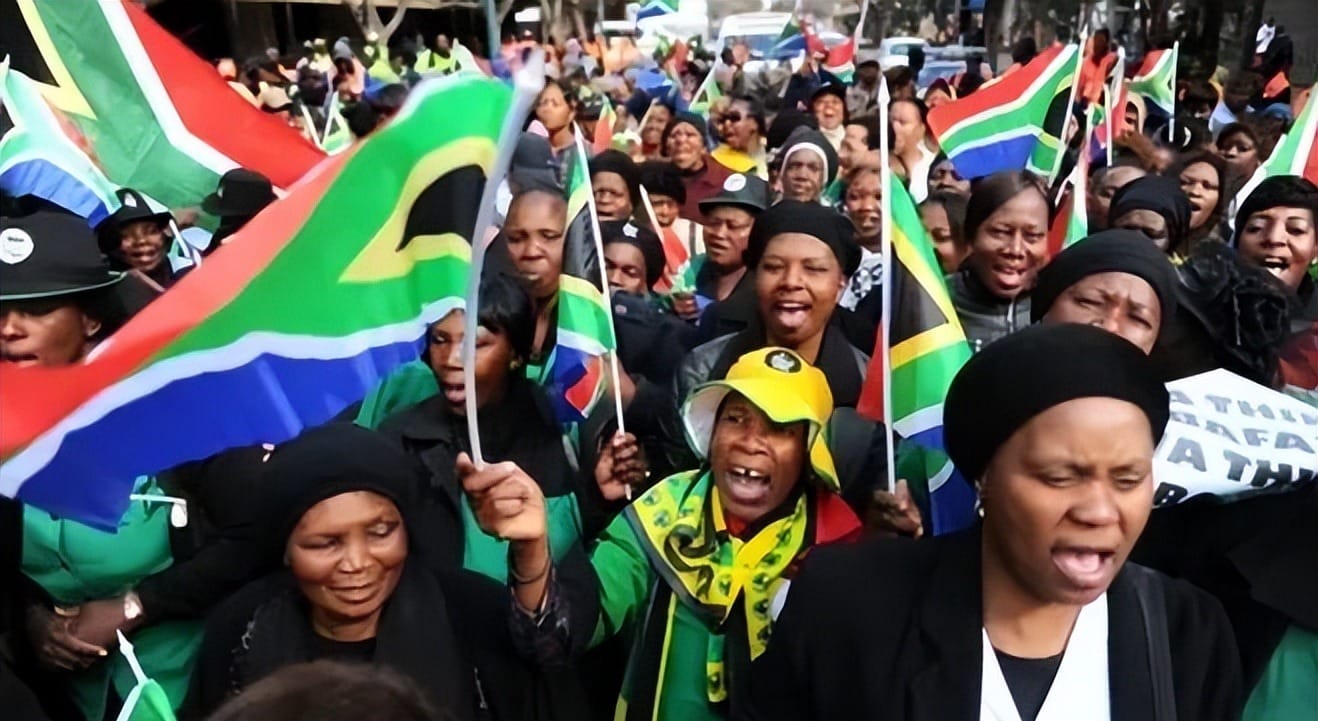The World's Fastest-Declining Country: South Africa's Rise and Fall
Explore South Africa's dramatic rise and fall—from rich mining power to a struggling nation—revealing powerful lessons about wealth, society, and resilience.

Introduction: A Tale of Triumph and Tragedy 🇿🇦
South Africa was once the shining star of Africa — its wealth fueled by vast gold and diamond mines, white elite management, and an unfortunately exploited labor force. But what looked like unstoppable success was, in truth, a house built on sand.
Imagine a luxury liner sailing proudly, then suddenly sinking without warning. That’s the story of South Africa: a once-prosperous nation devastated by systemic cracks few foresaw.

From Riches to Rifts: The Fragile Foundations 💰⛏️
Wealth concentrated in the hands of a few created a skewed society. The white elite ran every key sector — finance, agriculture, healthcare, technology — while the majority Black population was relegated to the bottom, deprived of education and opportunity. This imbalance was like a ticking bomb beneath the country's surface.
Efficiency? Sure. But built on exploitation and exclusion. South Africa's strength was literally mining the earth's riches — but ignoring the power and potential of its people.
The Great Exodus and Its Aftermath 🚶♂️🚪
Then came 1994, Mandela's release, and apartheid's fall — a joyous but seismic shift. However, the white elite's fear of losing their grip led to a massive brain drain. Skilled doctors, engineers, managers all left, taking with them decades of knowledge and expertise. The nation gained freedom but lost its key operational backbone.
This loss wasn’t just financial — it was a hemorrhage of human capital. Suddenly, hospitals were understaffed, power plants lacked operators, and schools faced shortages of qualified teachers.

Internal Struggles and a Nation Divided ⚔️
Once united against apartheid, the population fractured after its fall. Tribal and political rivalries erupted, turning attention away from rebuilding to squabbling over the remains. Newly acquired farms and factories were often mismanaged or abandoned, further accelerating decline.
Corruption crept in, emptying what little remained of public resources. Infrastructure crumbled: power outages became daily occurrences, railways rusted, cities grew unsafe — an ironic twist to a nation once called the "Rainbow Nation".
Resource Curse: Riches That Betrayed 💎🏚️
South Africa’s abundant mineral wealth, once a blessing, became a curse. The belief that treasure in the ground guaranteed prosperity masked the need for innovation and good governance. Mineral wealth without strong institutions and skilled people is like fuel without an engine.
The country now stands as a cautionary tale: the greatest asset is never the land, but its people. The *soul* of a nation lies in empowered, educated citizens and structures that nurture growth.

Conclusion: Lessons from a Fallen Giant 🌍
The haunting ruins of Johannesburg’s colonial-era buildings silently tell stories of former glory and current struggles. South Africa’s journey offers critical insights: freedom without capacity is fragile, and true wealth comes only when *all* citizens can participate and contribute.
For readers worldwide, this serves as a reminder that sustainable success rests on inclusivity, education, and honest leadership — factors far more durable than gold or diamonds.




